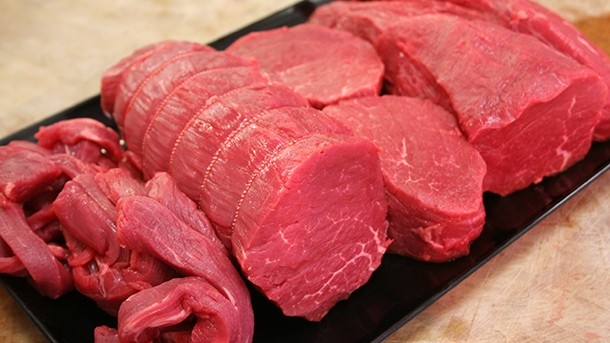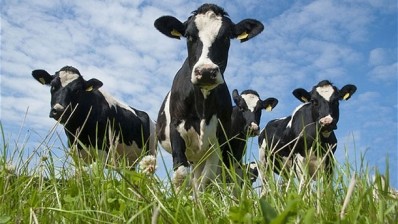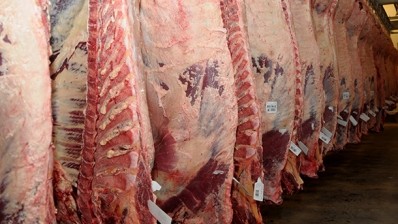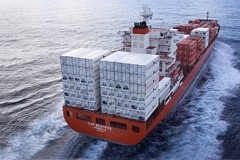China driving global beef growth

According to Rabobank's latest quarterly beef report, firm demand and supply that is further tightened due to drought-induced herd retention in the US and some adverse weather conditions in Brazil and Australia—the three main beef exporters—pushed prices up across the globe in the first quarter of this year.
Combined with fluctuating exchange rates, these events have impacted competitive positions in export markets, with Brazil and Australia gaining export share at the expense of the US.
Not as good as last year
On the demand side, beef demand growth will continue to come mainly from China. Although imports in China this year are not expected to reach the growth levels experienced in 2013, they will grow.
This, Rabobank predicts, is because Chinese farmers are taking little interest in government-supported production expansion and strong profits and the market opening for Australian chilled fresh beef products. Market opening to Brazilian beef may happen imminently.
Rabobank analyst Albert Vernooij said that prospects for the global beef industry remain positive in the second-quarter, with further possible upside due to continuing pressured beef supply and scarce supply of competing proteins which will continue to impact competitive positions.
"Brazilian cattle prices and exports have surged to record levels, and Australian droughts have encouraged historically high slaughter levels to meet global demand,” Vernooij added.
Globe supporting Oz exports
In Australia, poor climate conditions are keeping slaughter levels historically high, but strong international demand has supported record boxed beef exports in Q1. The latest seasonal outlook predicts a drier-than-normal period for Queensland and northern NSW and a continued high flow of cattle to markets is expected.
New Zealand has positive prospects with strong demand likely from the US and China. However, the relatively high New Zealand dollar continues to put downward pressure on returns, eroding international competitiveness.
Ongoing shortages in the Chinese domestic market will continue to support rising imports of frozen beef, with Australia remaining the biggest supplier, accounting for 53% of total import volume in 2013.















